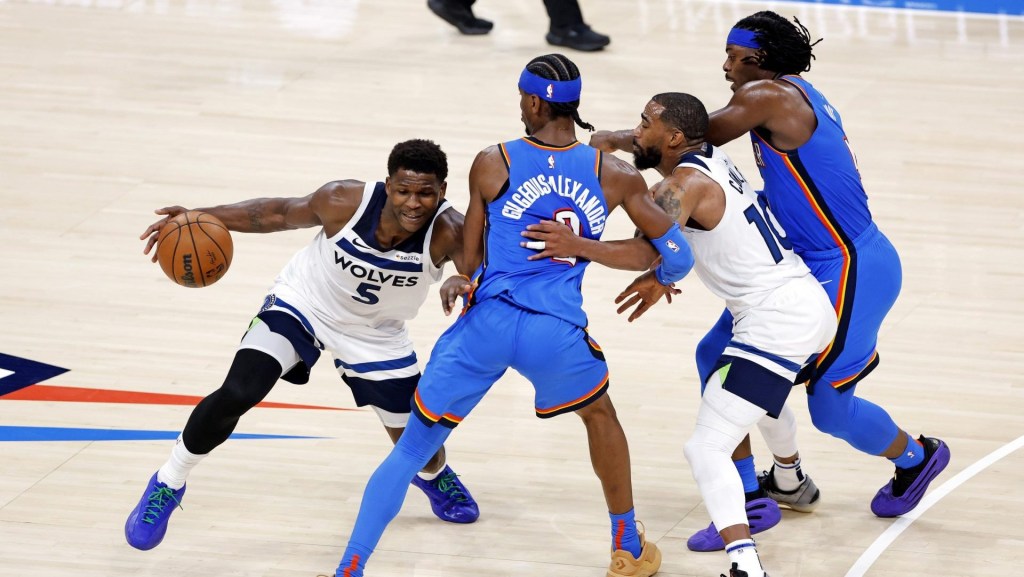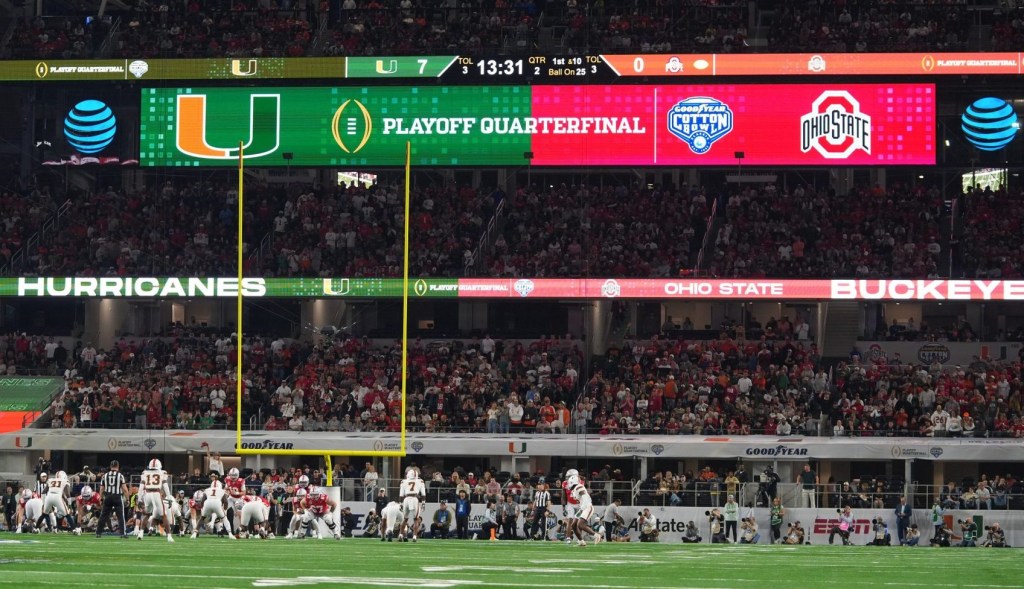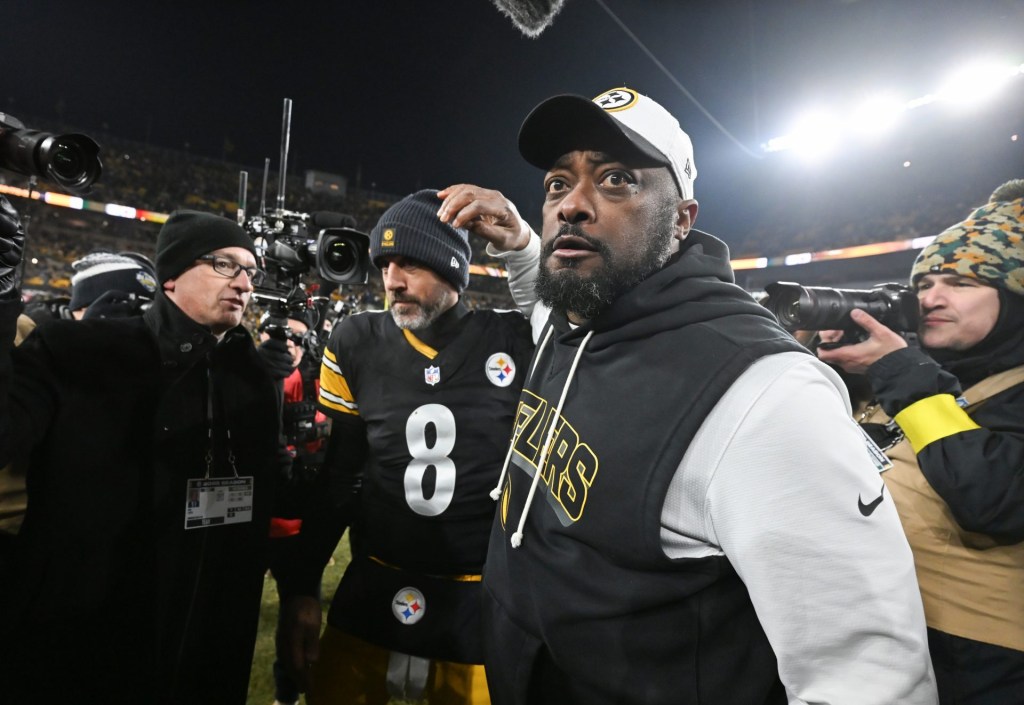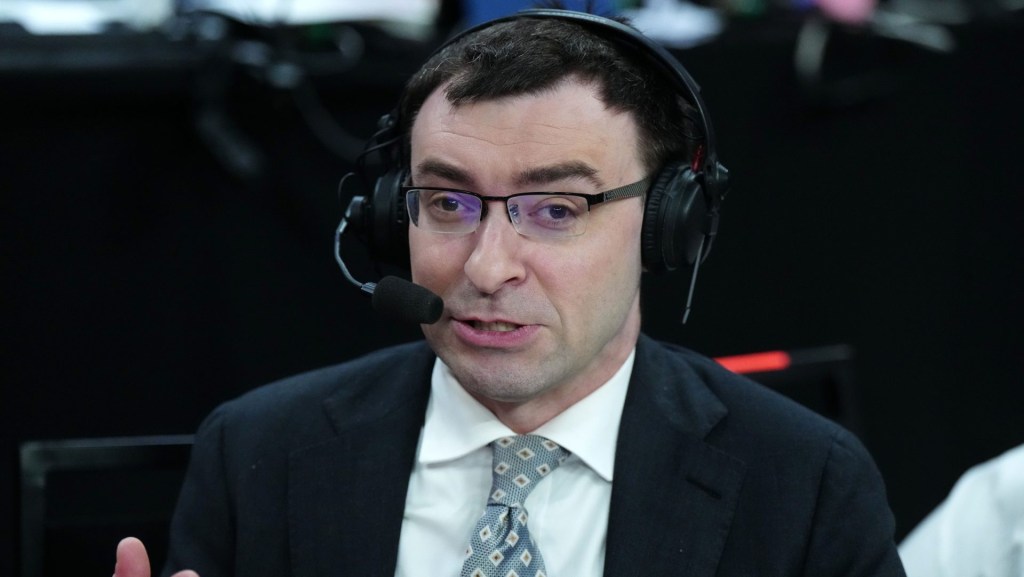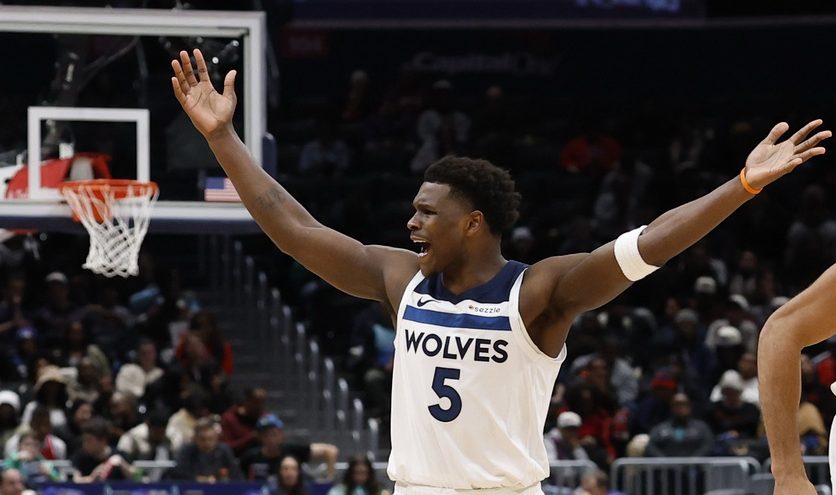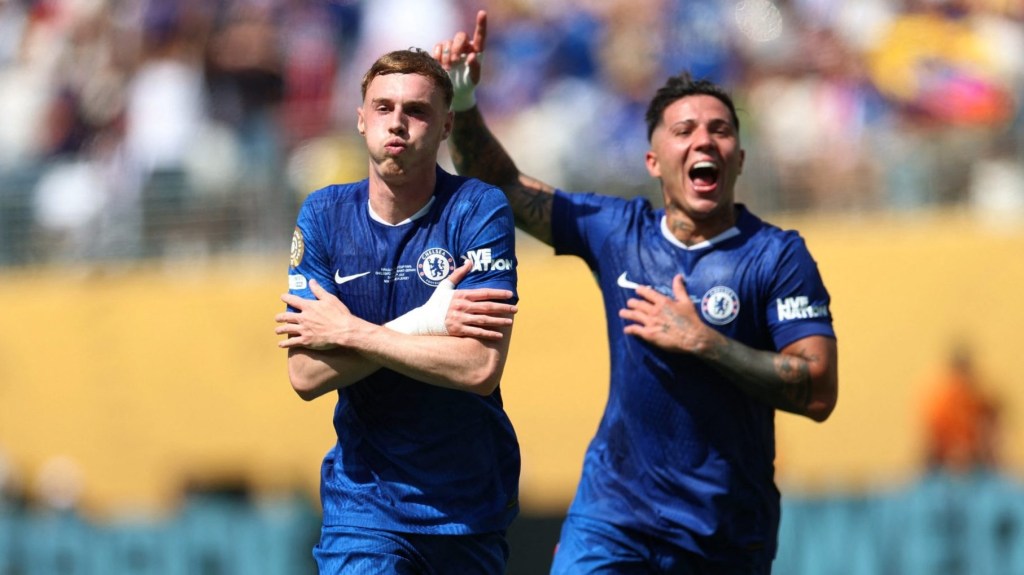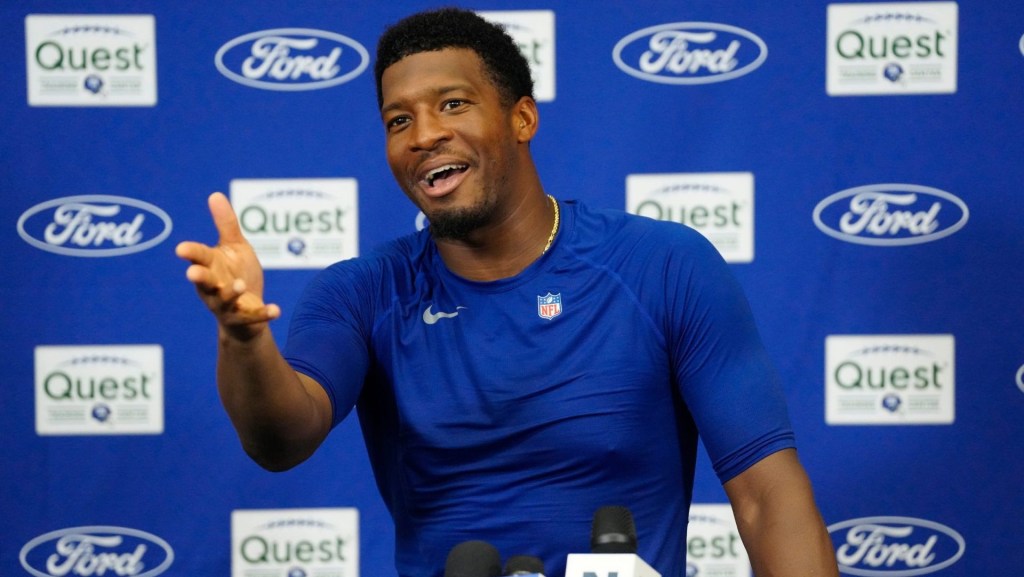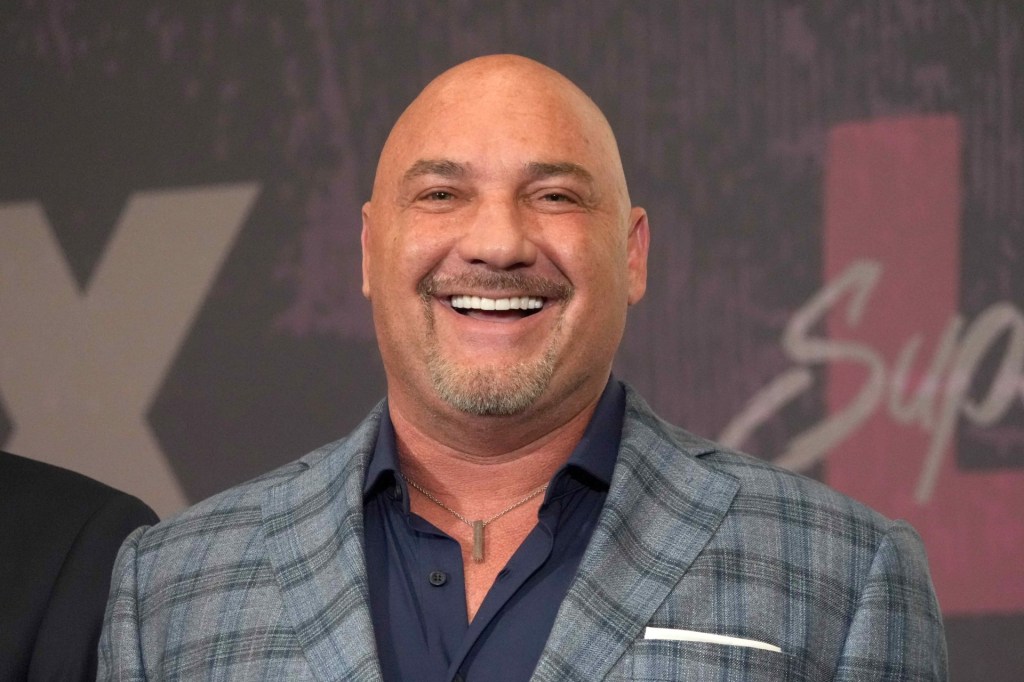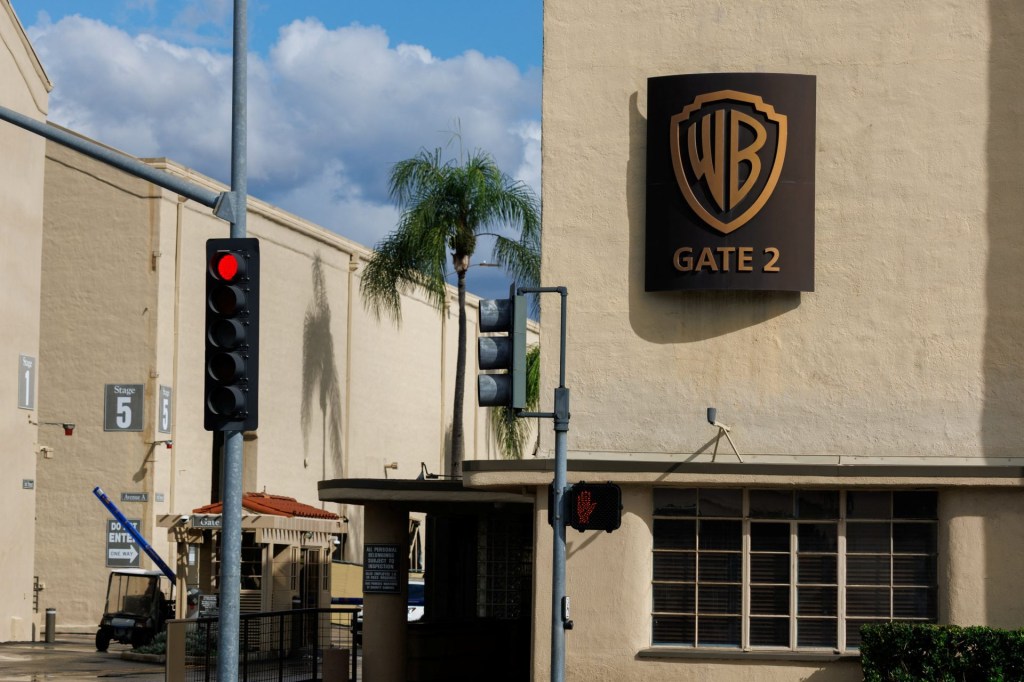At ESPN’s headquarters in Bristol, Connecticut, Tom Ricks has quickly become one of the network’s most in-demand executives.
Ricks, vice president of audio digital strategy and marketing, is the ESPN executive to see when someone at the network wants to host or launch their own podcast.
While podcasts have become a bigger part of the network’s strategy – In December, ESPN podcasts had 40 million downloads, up 36% from December 2018 and the third straight month with 40 million or more downloads – the network is also making sure it remains selective, only greenlighting new projects that it can monetize.
“Everyone wants a podcast, right? The new hot thing to do is have your own podcast. But we try to be strategic about who we actually give a podcast to. A lot of that starts with how much of an audience they have themselves, whether that be on television or social media and other places,” Ricks said.
ESPN studies multiple factors, he added. “Are they a compelling voice in a more intimate setting like podcasts? If that checks a box, do they have an audience? Those are some of the criteria that we use in terms of how we agree with certain talents to do podcasts. Scott Van Pelt is the perfect example of that.”
As Ricks noted, the anchor of the popular midnight SportsCenter launched the latest addition to ESPN’s podcast lineup with his new “SVPod.” With appearances by his “Bad Beats” co-host “Stanford” Steve Coughlin, Van Pelt’s episodes will run 30-45 minutes.
“As much as I enjoy the SportsCenter show we get to do at midnight, it doesn’t always provide the time and space for all I want to get to,” said Van Pelt in a statement. “I look at interviews we had with Patrick Beverley, Matthew McConaughey, or Rakim as examples of times when the conversation was so interesting to me that it went on far beyond what we had room for on TV. A podcast allows as much leeway as we’d like. To take the deeper dives with guests, and flush out topics that matter will be fun.”
ESPN has also made a significant commitment to the new “ESPN Daily” hosted by Mina Kimes. Her new weekday morning podcast debuted Oct. 21.
The sports giant now offers more than 35 original podcasts, plus pod versions of its TV and radio programs such as The Dan Le Batard Show with Stugotz.
Depending on the time of the year, the hottest-selling ESPN podcasts with advertisers include “Fantasy Focus Football” with Matthew Berry, Field Yates, and Stephania Bell; “The Lowe Post” with Zach Lowe; “The Woj Pod” with Adrian Wojnarowski; and Brian Windhorst and “The Hoop Collective.”
To monetize its podcasts, ESPN has built an audio sales team that sells ad time for both radio and podcasts.
Like TV and radio advertising, ESPN prices podcast advertising on a CPM, or cost per thousand, basis. ESPN’s sales team works primarily with direct response agencies to generate ad revenue.
But ESPN is leveraging its radio business to sell pod and radio advertising together to clients like Geico and ZipRecruiter. It’s gaining traction by selling bundled advertising deals that include everything from linear TV and radio shows to podcasts and Snapchat SportsCenters.
“In some cases, we’re bundling it and trying to sell it all together. In some cases, we split it apart. It comes down to the demand for the product and what the advertisers’ appetite is to buy multi-platform,” said Ricks.
Some advertisers have asked for title-sponsorship of ESPN podcasts. So far, ESPN has resisted adding sponsor logos to the artwork for popular pods like The Lowe Post. Instead, ESPN gives them presenting sponsorship mentions at the start of the episode.
Kimes’ “ESPN Daily,” for example, promotes it’s two presenting sponsors, Dell and Indeed, right at the top of the episode. Then Kimes reads their ads during the episode.
Ricks thinks of podcasts as “on-demand content.” Podcasts will not only redefine the audio medium but the radio industry in general, he predicted.
Said Ricks: “I think on-demand content is going to be the future of ultimately what we know as radio today. Instead of people programming for their listeners, you’re providing compelling content, and listeners are programming for themselves.”
READ MORE: Mina Kimes To Host ESPN’s Daily AM Podcast
ESPN has been in the podcast business since 2005. That early start has yielded strong growth.
Independent media consultant Brad Adgate is not surprised at ESPN’s podcast numbers.
Over the past five years, time spent listening to podcasts has grown 122%, according to Edison Research and Triton Digital’s 2019 Podcast Consumer Report.
Over 51% of Americans say they’ve listened to podcasts, and 32%, or an estimated 90 million people, said they listened to pods in the past month.
There are now over 800,000 active podcasts worldwide. Podcasting advertising is expected to reach $863 million in 2020, according to the Internet Advertising Bureau.
“Podcast usage has been steadily increasing, and although the medium has become fragmented with the number of podcasts launched recently, ESPN has a great brand and is so recognizable with sports fans,” said Adgate. “Also, they have tremendous cross-platform promotional capabilities with radio, cable TV.”
READ MORE: ESPN Prepared To Make Tony Romo The Highest Paid Sportscaster In History
Ricks declined to comment on ESPN’s annual podcast ad revenue. But Adgate estimates ESPN is now pocketing well over $10 million a year.
“There are so many ad-supported podcasters, and the ad volume is still under $1 billion per annum, I think anything dramatically higher is not realistic with the marketplace,” Adgate said.

